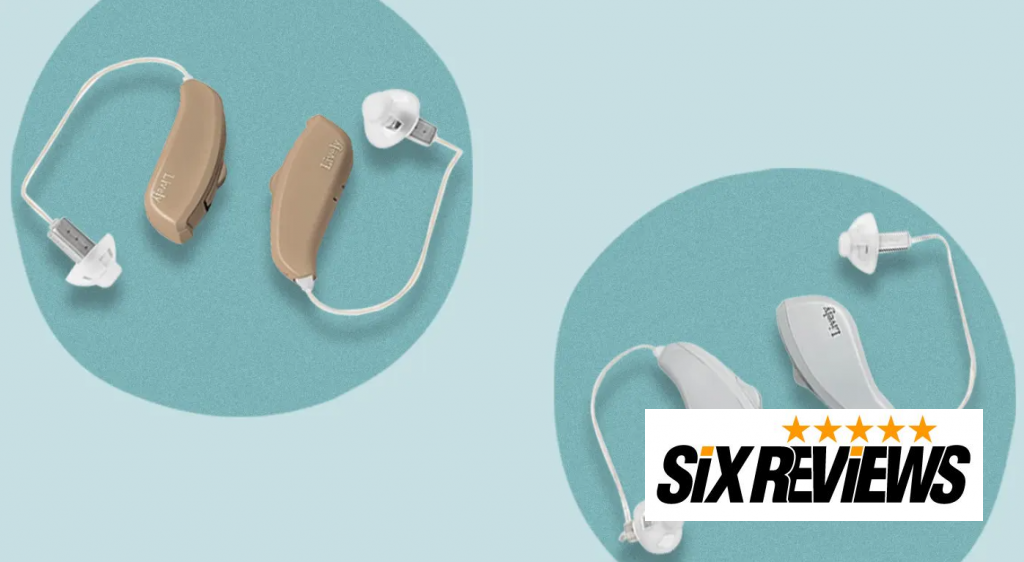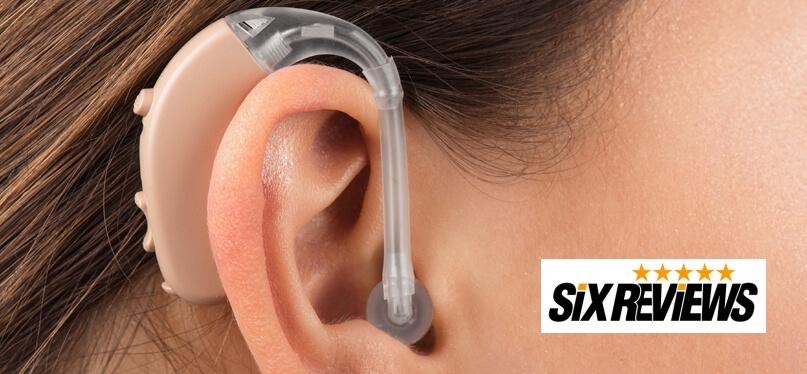In the 17th century, hearing aids were created, but the first electric one was not devised until 1898.[1] These aids are now even more sophisticated and can also be programmed by a programmer. Over Bluetooth, digital gadgets will also link to your cell phone. Modern aids are built to fit the needs and enhance unique sound levels that you are unable to hear.[2] Many hearing aid devices do have the same simple functionality considering the takeover in modern technologies.
Prominent Features
The four main elements of all hearing aids are the microphone, the amplifier, the receiver, and the rechargeable battery. First, sounds are captured by the mic. The microphone also converts sounds that pass to the amplifier into electrical signals. The amplifier increases the power of and clarifies these electrical signals. They are transformed back into audio signals after the electrical impulses are amplified. It is the duty of the recipient to deliver these amplified sounds right into the ear canal. A small battery is powered by all these operations. Batteries with aids may be rechargeable or disposable. But only some models of hearing aids have rechargeable batteries available. Batteries for disposable hearing aids will last up to 20 days.[3]

Available Types
Hearing aids come in a range of sizes and forms. The amounts of strength may differ, but some may aid persons suffering from complete hearing impairment. Based on the extent of your hearing disability and the number of attributes you require, you should pick your hearing device. The size of your hearing aid is another significant thing you need to remember. They both have reduced battery life and use disposable batteries, but smaller hearing devices are more discrete, so you’ll have to pay more often in buying batteries. Usually, this additional cost encourages individuals to invest in a larger hearing devices that can use a rechargeable battery. More features also come with bigger gadgets.

There are seven types of hearing aids available on the market: Body, Eyeglass, Behind The Ear, In The Ear, Completely In Canal, Open Ear, Receiver In Canal. Body and Eyeglass hearing devices have almost become a thing of the past due to the advancements in device manufacturing. We’ll describe the four most popular hearing gadgets types in more detail to give you a better idea of which aid is right for you.
Behind The Ear (BTE)
The most popular forms of hearing aids are BTE devices. They are ideal for all hearing loss forms. They can also have batteries that are rechargeable or disposable.[4] This sort of gadget has the most characteristics and can also be remotely operated. In order to transmit the sound to the ear canal, classic BTE aids use thin tubing. They are custom-designed to match the shape of your ear. They will ultimately improve the sound of voices and the environment. The sound is transmitted by short plastic tubing to the earbud of the hearing aid.
In The Ear (ITE)
For seniors, ITE hearing aids are great. They are simple to operate and occupy your ear’s external section. The earbud is housed in a casing that is specially designed to fit in your ear securely. The earbud transfers and amplifies sound directly to your ear. This form of hearing aid uses batteries that are removable.
In The Canal (ITC)
Compared to ITE hearing aids, ITC hearing aids are somewhat close. They all have custom-made cases, however, the distinction is that there are tubes mounted inside your ear canal in the cases of ITC hearing aids. These hearing aids are simple to use and do not have much functionality attached to them. They are powered by batteries that are removable.
Completely In Canal (CIC)
The most discreet devices on the market are CIC aids. They are unnoticeable, literally. The receiver is housed in a very compact shell intended to fit inside the ear canal entirely. By pulling on a short cord, you can extract this device from your ear canal. The disadvantage to these small hearing aids is that functions such as volume control are lacking. They may have tiny or larger vents that give you the impression of an open ear. They use batteries that are removable.
Conclusion
You should always contact a licensed audiologist before obtaining a hearing aid to decide what type of hearing aid will fit your needs better. With your daily habits and budget, you can adjust your aid to your budget. While certain aids are pricey, investing in a premium device is worth it. These gadgets will, after all, help you maintain a greater quality of life and sustain social interactions.
1. https://decibelhearing.com/history-hearing-aids/
2. https://www.healthyhearing.com/help/hearing-aids/technology
3. https://www.healthyhearing.com/help/hearing-aids/batteries
4. https://www.healthyhearing.com/help/hearing-aids/types

Zombie nerd. Entrepreneur. Unable to type with boxing gloves on. Hardcore food lover. “You’re not a real man until you’ve loved a woman who does a little dance before she pushes out a fart.”

